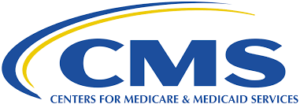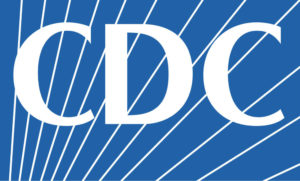Eliminate Medicaid DSH Cut, SNAP Asks PA Congressional Delegation (Letter)
SNAP has written to the Pennsylvania congressional delegation asking its members to urge congressional leaders to eliminate a cut in federal Medicaid DSH allotments to the states.
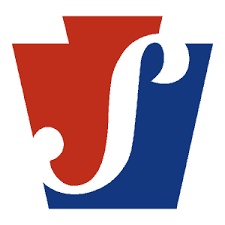 The Department of State has
The Department of State has  This week’s
This week’s  Provider Relief Fund
Provider Relief Fund CMS has posted the document “
CMS has posted the document “ The CDC has updated its
The CDC has updated its  In asking members of the delegation to sign onto the bipartisan letter, SNAP notes that
In asking members of the delegation to sign onto the bipartisan letter, SNAP notes that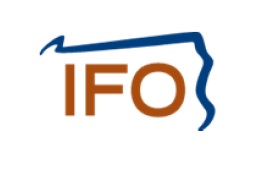 Independent Fiscal Office
Independent Fiscal Office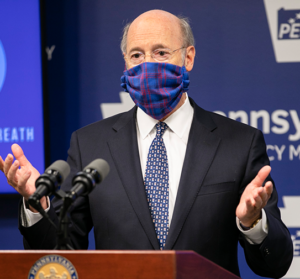 Governor Wolf has signed a second renewal of his 90-day disaster declaration for the COVID-19 pandemic. This declaration provides for increased support for state agencies involved in the continued response to the virus and recovery during reopening, including expediting supply procurement and lifting certain regulations to allow for efficient and effective mitigation. The disaster declaration also has facilitated waivers and extensions to support Pennsylvanians, Pennsylvania businesses, and Pennsylvania caregivers during the pandemic. Learn more from
Governor Wolf has signed a second renewal of his 90-day disaster declaration for the COVID-19 pandemic. This declaration provides for increased support for state agencies involved in the continued response to the virus and recovery during reopening, including expediting supply procurement and lifting certain regulations to allow for efficient and effective mitigation. The disaster declaration also has facilitated waivers and extensions to support Pennsylvanians, Pennsylvania businesses, and Pennsylvania caregivers during the pandemic. Learn more from 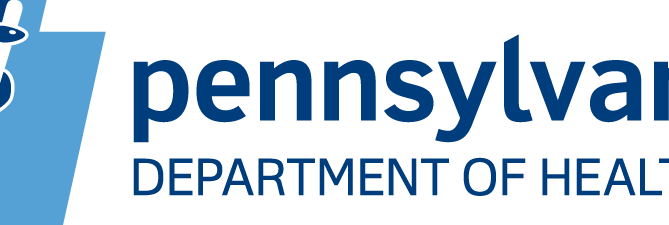

 In the guidance, the Centers for Medicare & Medicaid Services explains that because of several court rulings, states can decide for themselves whether to offset third-party payer payments from costs in their Medicaid DSH calculations for periods prior to June 2, 2017 but that beginning with that date, CMS will enforce its own interpretation of the policy.
In the guidance, the Centers for Medicare & Medicaid Services explains that because of several court rulings, states can decide for themselves whether to offset third-party payer payments from costs in their Medicaid DSH calculations for periods prior to June 2, 2017 but that beginning with that date, CMS will enforce its own interpretation of the policy.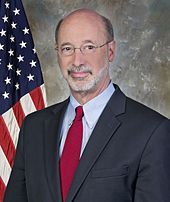 Governor Wolf has presented his fall legislative agenda. Among his proposals, he called for $225 million for hazard pay for frontline workers; $10 million for a personal protective equipment reimbursement program for small businesses; and $250 million for child care for families with school-age children in need of care because of blended or remote in-person instruction models. Learn more about these and other aspects of the governor’s proposal
Governor Wolf has presented his fall legislative agenda. Among his proposals, he called for $225 million for hazard pay for frontline workers; $10 million for a personal protective equipment reimbursement program for small businesses; and $250 million for child care for families with school-age children in need of care because of blended or remote in-person instruction models. Learn more about these and other aspects of the governor’s proposal  The Department of Health has unveiled “CATE” (Community-Accessible Testing and Education”), a recreational vehicle that has been equipped as a mobile COVID-19 testing and education unit that will travel the state offering free COVID-19 tests and education in medically underserved communities in 16 counties. Established and operated by the organization Latino Connection, staffed by the Welsh Mountain Health Centers, and funded in part by the state, Highmark, and Independence Blue Cross, CATE has more than 30 stops scheduled during September, the first half of them in the Philadelphia area and then moving westward across the state. Appointments are not needed and CATE’s tests will be performed by the state’s lab in Exton, which is producing results in 24 to 48 hours. Learn more about CATE, its origins, and its scheduled stops in this Department of Health
The Department of Health has unveiled “CATE” (Community-Accessible Testing and Education”), a recreational vehicle that has been equipped as a mobile COVID-19 testing and education unit that will travel the state offering free COVID-19 tests and education in medically underserved communities in 16 counties. Established and operated by the organization Latino Connection, staffed by the Welsh Mountain Health Centers, and funded in part by the state, Highmark, and Independence Blue Cross, CATE has more than 30 stops scheduled during September, the first half of them in the Philadelphia area and then moving westward across the state. Appointments are not needed and CATE’s tests will be performed by the state’s lab in Exton, which is producing results in 24 to 48 hours. Learn more about CATE, its origins, and its scheduled stops in this Department of Health 
